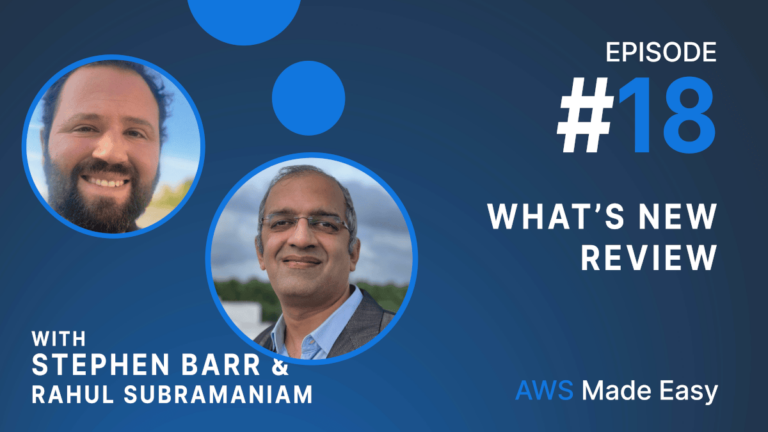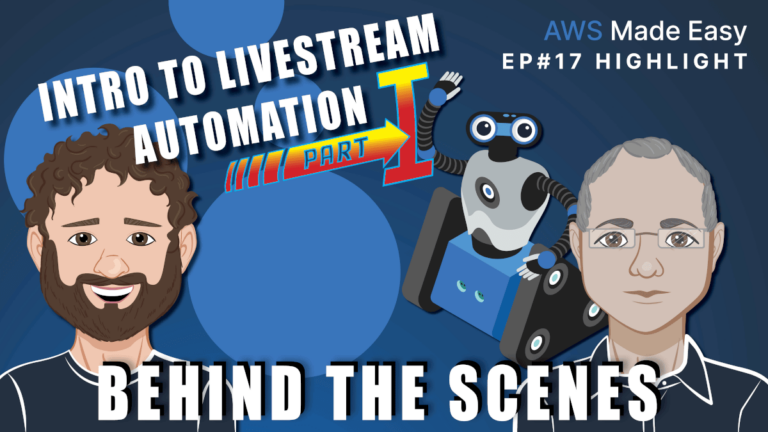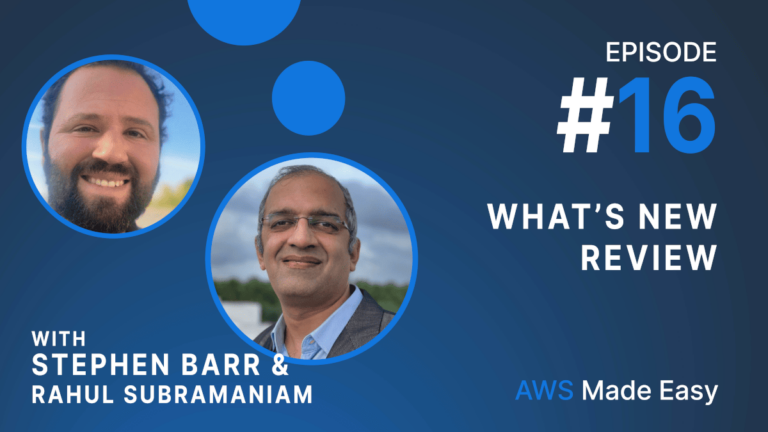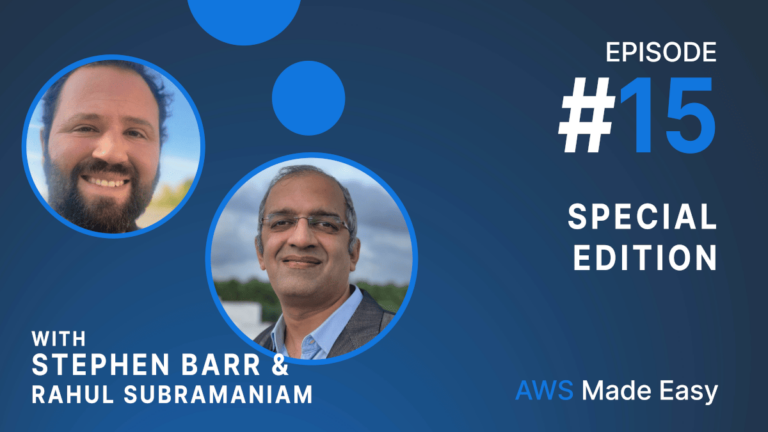Also, as an announcement, Rahul and Stephen will be at the AWS Anaheim Summit, August 18th 2022. See: https://aws.amazon.com/events/summits/anaheim/ for details.
After these announcements, they began a segment with a discussion of EBS Elastic Volums, and then 3 articles about Redshift. Following this, they discussed new features for Timestream and Connect.
New Amazon EBS Elastic Volumes automated performance settings make it even easier to modify volumes and save costs
This feature makes it easy to convert gp2 volumes to gp3. However, the default volume type is still gp2, which is hard to explain. Rahul does a live demo of how simple it is to modify an Elastic Volume to gp3. CloudFix can make these modifications automatically and at scale.
Redshift Announcements
Amazon Redshift Serverless is now generally available
Redshift Serverless makes it much cheaper to use Redshift, without worrying about the details of provisioning a cluster and sizing the resources appropriately.
Amazon Redshift announces support for Row-Level Security (RLS)
This adds additional granularity for security, where some rows may contain sensitive data. For example, billing data.
Amazon Redshift improves cluster resize performance and flexibility of cluster restore
If you are using provisioned Redshift, rather than Redshift Serverless, then you may want to change the size of your cluster to adjust to the load. This announcement states that cluster resize is now faster!
Amazon Timestream announces improved cost-effectiveness with updates to metadata metering
Timestream is a time series database with a somewhat complicated pricing model. This announcement makes pricing more straightforward. Rahul makes an interesting observation about the relationship between Timestream and CloudWatch, in that logs are also time series data.
Amazon Connect Customer Profiles now enables you to integrate unified customer information into your custom agent applications
AWS Connect Customer Profiles now has a JS library for embedding information about a customer inside of another application. This empowers agents to have the data they need to offer a personalized experience. This is another great release by the Connect team, which has been mentioned in many of the other “What’s New Review” segments.




